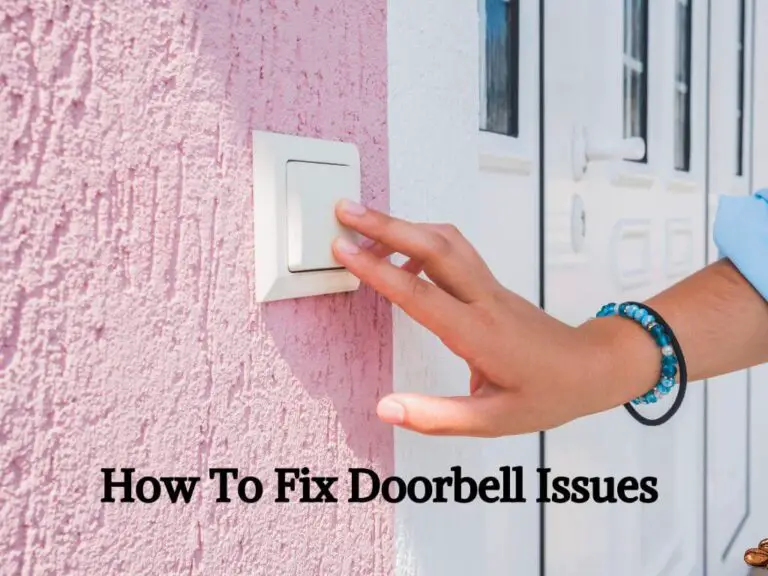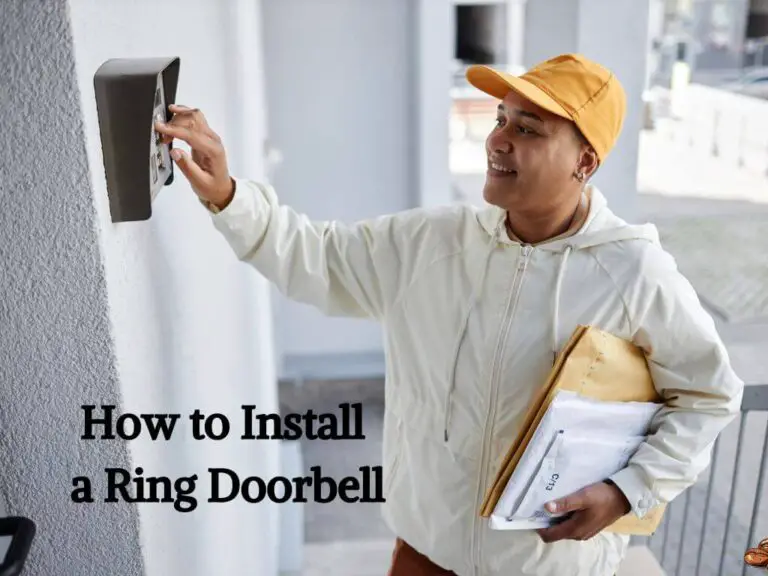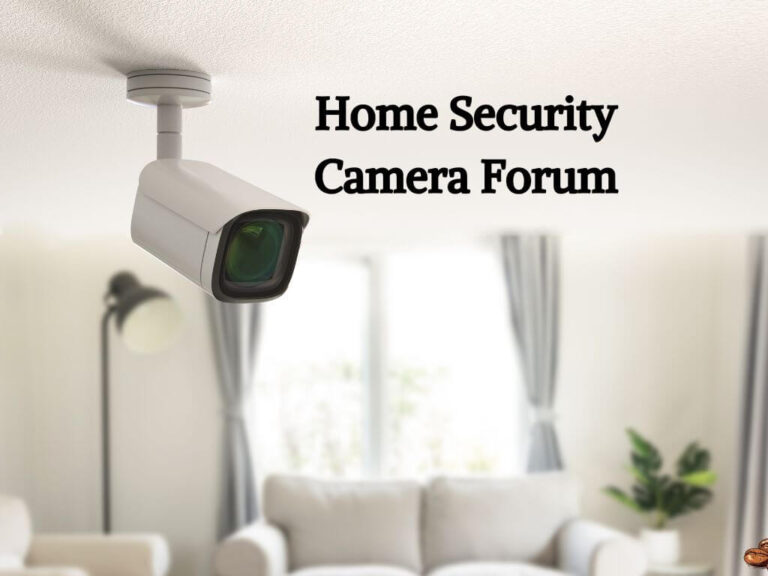Smart home control primarily rests with the homeowners and users who manage settings and devices via apps and voice commands. These systems often connect to a central hub or app, allowing for seamless integration and control.
Smart homes represent the pinnacle of residential convenience and modern living. They allow for the automation of various household tasks, providing homeowners with the ability to manage lighting, climate, entertainment systems, and security with just a simple voice command or a tap on a smartphone.
Who Controls Your Smart Home? The technology behind this interconnectedness typically involves a central hub or a smartphone application from which you can control all connected devices. With smart homes increasingly becoming standard, they offer not just luxury but also enhanced accessibility and energy efficiency, contributing to a more sustainable lifestyle. Equipped with sensors and artificial intelligence, smart homes adapt to the routines of their inhabitants, understanding their preferences and anticipating their needs. While user control is paramount, issues around data privacy and security persist, reminding us of the balance that must be maintained in a digitally-connected world.
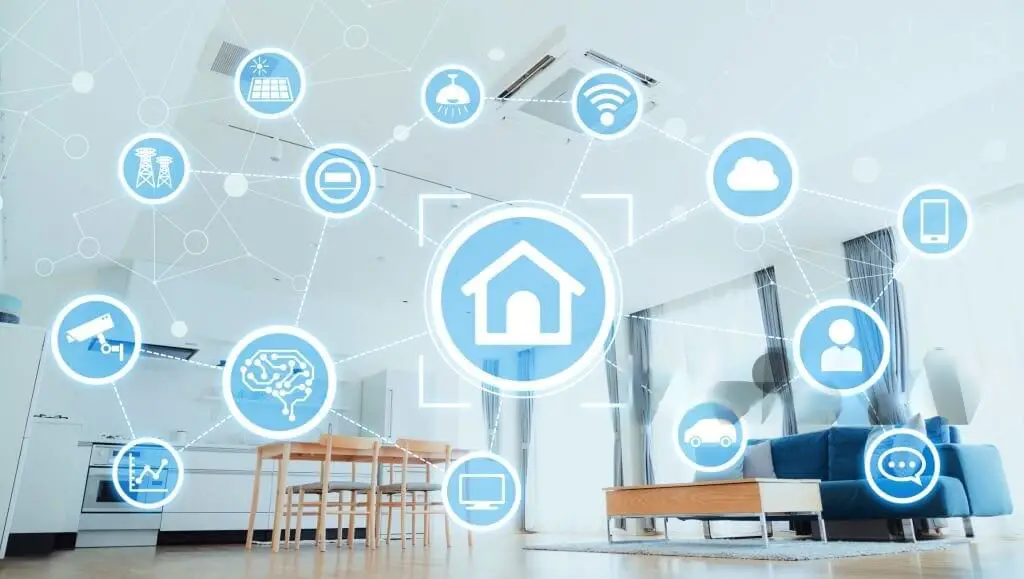
Understanding Smart Home Ecosystem
As we step into an era where convenience and automation are at the forefront of our everyday lives, understanding the intricacies of a smart home ecosystem is imperative. It is an interconnected world where devices communicate seamlessly to create an environment that caters to our lifestyle and preferences. But who is the master of this digital domain? Let’s delve into the smart home universe and uncover the various aspects that make up this modern marvel.
Definition Of A Smart Home
A smart home is a residence equipped with a series of devices that automate tasks normally handled by humans. These devices are interconnected through the internet, allowing them to communicate and be remotely controlled or accessed via smartphones or other networked devices. The goal of a smart home is to enhance convenience, comfort, and energy efficiency.
Evolution Of Smart Home Technology
The evolution of smart home technology has been rapid and transformative. From rudimentary remote-controlled appliances to advanced AI-driven systems, smart homes have come a long way. The evolution is marked by continuous improvements in technology, including the advent of the Internet of Things (IoT) which has turned everyday objects into smart devices that can be monitored and controlled from anywhere in the world.
Components Of A Smart Home System
The components of a smart home system work in unison to create a cohesive and responsive environment:
- Smart Hubs and Controllers: Act as the central point of command for your smart home devices.
- Connected Appliances: From fridges to ovens, these can be programmed and monitored remotely.
- Smart Security: Includes alarms, cameras, and locks for enhanced safety.
- Energy Management: Smart thermostats and lighting systems help optimize energy usage.
- Entertainment: Voice assistants and smart TVs deliver a personalized media experience.
Each of these components plays a pivotal role in the smart home ecosystem, creating a network that responds to your needs and simplifies your life.
The Role Of Smart Home Devices
Smart home devices are revolutionizing the way we interact with our living spaces. These intelligent gadgets not only provide convenience and efficiency but also transform ordinary homes into dynamic smart environments. As vital components of home automation, they offer users the luxury of controlling various household devices with simple voice commands, smartphone apps, or even remotely over the internet.
Smart Home Devices And Their Functions
The array of smart home devices available today is astounding, each designed to fulfill specific tasks:
- Smart Thermostats: Maintain optimal home temperatures.
- Smart Lights: Offer adjustable lighting settings and colors.
- Smart Locks: Enhance security with keyless entry and remote access features.
- Smart Security Cameras: Provide real-time surveillance and motion-triggered alerts.
- Smart Speakers: Stream music and control other devices using voice commands.
Integration Of Smart Home Devices With Central Control Systems
Integration is crucial for a seamless smart home experience. Users often prefer a central control system to manage their devices:
- Installation of smart home hubs or controllers like Amazon Echo or Google Nest Home.
- Synchronization of individual devices with the central system for unified control.
- Configuration of automated scenarios or routines based on user preference.
This integration enables devices to communicate with one another, creating an ecosystem that can adapt to residents’ daily routines, enhancing comfort, and potentially even reducing energy costs.
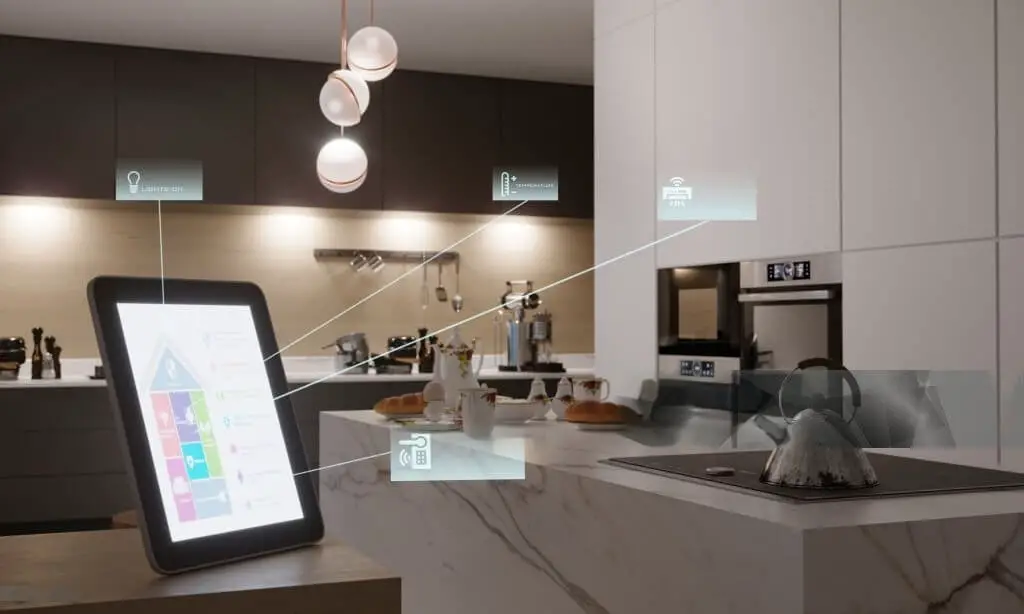
Who Controls Your Smart Home?
Imagine a world where your comfort, security, and convenience are managed with the touch of a button or the sound of your voice. That world is here: the smart home era. As homes become more connected, the question of “Who controls your smart home?” gains importance. This control encompasses more than just turning lights on or off; it’s about understanding the intricate web of technology that orchestrates our home life.
User Interaction With Smart Home Devices
Simplicity and end-user experience stand at the forefront of smart home device design. Homeowners interact with their devices through a variety of interfaces. This could include:
- Mobile apps that allow users to control devices remotely
- Physical buttons or switches for direct manual control
- Web interfaces to manage settings and view device status
These methods provide users with the power to create schedules, set preferences, and monitor their homes efficiently to tailor the environment to their specific needs.
Voice Assistants And Their Impact
Voice assistants like Amazon Alexa, Google Assistant, and Apple’s Siri have revolutionized the way we interact with our homes. Through smart speakers and integrated devices, users can perform a variety of tasks hands-free, including:
- Controlling lighting and temperature
- Managing security systems and cameras
- Playing music and multimedia content
The integration of voice commands has made smart homes accessible and convenient, offering control with simple spoken directives.
Security Considerations In Smart Home Control
As the brain of the smart home becomes more complex, security remains a top concern. Protecting your digital fortress involves:
- Strong password policies and regular updates to ward off unauthorized access
- Encryption of communication channels between devices
- Two-factor authentication for an added layer of security
Manufacturers and service providers largely shoulder the responsibility of securing the devices they offer. Yet, users must stay vigilant, informed, and proactive in maintaining the security of their smart home systems.
Centralized Control Systems
Centralized Control Systems: The drumbeat of modern technology has ushered in an era where convenience and control go hand-in-hand, particularly in the domain of smart homes. At the heart of this technological marvel lies the Centralized Control System, a pivotal component that transforms individual smart devices into a cohesive and smoothly functioning unit. By centralizing the command of various smart devices, homeowners gain unparalleled ability to manage their living spaces with the touch of a button or the sound of their voice. Let’s delve into the core elements that constitute these control systems.
Central hubs and their functions
Central Hubs And Their Functions
At the nexus of a smart home network stands the central hub, a dedicated piece of hardware that orchestrates the communication between various devices. These hubs come equipped with functionalities that include:
- Device Integration: Seamlessly connecting a wide array of smart devices from different manufacturers.
- Providing a singular point of control for all connected devices.
- Automated Schedules: Empowering users to set up custom schedules for devices to operate autonomously.
- Voice Control Compatibility: Offering hands-free operation through voice-assistant integration.
Mobile apps for smart home control
Mobile Apps For Smart Home Control
With the ubiquity of smartphones, mobile apps serve as portable control panels for smart home management. Key features of these apps include:
- Remote access to control and monitor smart devices from anywhere.
- Real-time alerts and notifications about the smart home’s status.
- User-friendly interfaces that allow for easy management and customization.
Cloud-based control platforms
Cloud-based Control Platforms
Advancements in cloud technology have enabled a more flexible approach to smart home control. Cloud-based platforms offer:
- Scalability to accommodate an increasing number of smart devices.
- Remote Updates: The ability to push software updates and enhancements directly to connected devices.
- Data Analytics: Insight into usage patterns and energy consumption to optimize efficiency.
- Cross-platform integration that allows for synergistic operation between different ecosystems.
“` This excerpt embraced the HTML format suitable for WordPress and included the use of paragraphs, bullet points, and ordered lists to present a well-structured piece on centralized control systems for smart homes. The use of bold for emphasis and simple, direct language is aimed at enhancing SEO and readability.
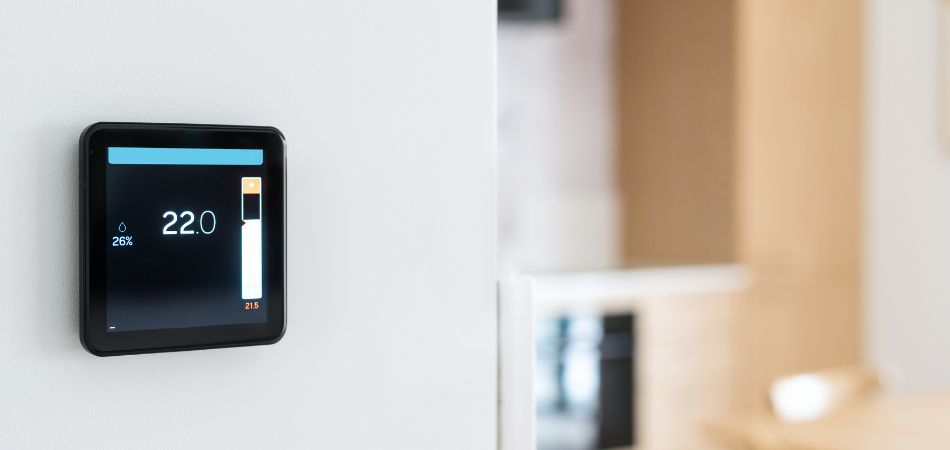
Data Privacy And Ownership
In a digitally-connected world, the emerging realm of smart homes brings unparalleled convenience. But this modern luxury comes with critical questions about data privacy and ownership. With devices that can learn your daily routine and respond to voice commands, who ultimately has control over the data generated within the four walls of your home?
Data Collection In Smart Home Devices
Smart home devices are forever evolving, constantly collecting data to improve user experience. This data collection is a double-edged sword; it tailors devices to individual needs, yet it also means that a wealth of personal information is stored and often transmitted to device manufacturers.
- Usage patterns: When and how you use smart devices
- Personal preferences: Custom settings you choose for convenience
- Voice commands: Recordings or transcripts captured by your devices
- Environmental data: Information on the conditions in your home
This data helps smart devices ‘learn’ and better serve you. But it’s imperative to know who holds the keys to this digital diary.
Privacy Concerns In Smart Home Control
As smart homes gain sophistication, privacy concerns escalate. The core issue remains the balance between functionality and the right to private life.
Unauthorized access to devices, intentional or otherwise, can expose sensitive data. Furthermore, the breadth of data collected by smart devices raises concerns about how that data can be used—or misused—outside the home.
- How secure are your devices from hacking?
- Do device manufacturers share data with third parties?
- Is there transparency regarding data usage policies?
Protecting your digital footprint isn’t just about securing it from external threats. It also involves understanding and controlling how your data is used by the companies that bring smart technology into your home.
Ownership Of Smart Home Data
At the crux of smart home technology is the question of data ownership. When your smart thermostat learns your schedule, who owns this data? It’s a complex interplay between consumer rights and company policies.
| User Rights | Company Policies |
|---|---|
| Control over personal data | Terms of Service agreements |
| Ability to delete data | Data retention procedures |
| Choices about data sharing | Partner and affiliate data exchanges |
As end-users, it’s essential to understand the service agreements that outline who can access and how they can use the data your devices generate.
Navigating the complexities of smart home data ownership requires vigilance. By keeping informed about data policies and asserting control where possible, users can take proactive steps to ensure their smart home remains secure and their data remains private.
Industry Influencers
As we delve into the realm of smart home technology, numerous players leave their mark on the landscape of our digitally enhanced dwellings. These ‘Industry Influencers’ encompass a range of entities from powerful corporations to regulatory bodies, each shaping the smart home experience. Their decisions influence not only the products we use but also how we interact with our connected environments. Understanding who holds the reins can offer valuable insights into the future of smart home control.
Major Companies In The Smart Home Industry
Several tech titans stand out in the smart home domain, with their innovations and ecosystems steering the market:
- Google: With solutions like Google Nest, the company offers a suite of smart devices integrated into everyday life.
- Amazon: Echo devices and Alexa voice assistant set a benchmark for home automation, enabling seamless control.
- Apple: HomeKit infrastructure empowers users to manage an array of compatible devices via the Apple ecosystem.
- Samsung: Through its SmartThings platform, Samsung supports a wide assortment of smart home gadgets.
Government Regulations And Standards
Government oversight plays a pivotal role in the smart home industry, ensuring devices meet safety, privacy, and interoperability benchmarks:
| Region | Regulatory Body | Standard/Framework |
|---|---|---|
| USA | Federal Trade Commission (FTC) | IoT Cybersecurity Improvement Act |
| EU | European Commission | General Data Protection Regulation (GDPR) |
| International | International Electrotechnical Commission (IEC) | IEC Standards |
Future Trends In Smart Home Control
The horizon of smart home control teems with potential. A confluence of factors drives this trajectory:
- Advances in Artificial Intelligence leading to more predictive and adaptive systems.
- Greater focus on interoperability among different devices and platforms.
- Increased importance of privacy and security in IoT networks.
- The rise of voice control as a primary interface for smart home interaction.

Empowering The User
The concept of a “smart home” is revolutionary, promising both convenience and efficiency. Yet, the lingering question remains: Who truly holds the reins to your connected living space? The answer should be no other than the users themselves. Empowering the user is essential to ensure that convenience does not come at the price of security or privacy. Let’s dive into how education, control, and user-friendly interfaces contribute to truly empowering the smart home occupant.
Education And Awareness For Smart Home Users
Understanding the intricacies of smart home technology is the first step in empowerment. Education and awareness provide users with the knowledge needed to manage their devices effectively and securely. A well-informed user can make educated decisions about which devices to incorporate into their home and understand the potential risks and benefits associated with them.
- Device capabilities and limitations – learning what each smart device can and cannot do.
- Data privacy policies – knowing what data is collected and how it is used by device manufacturers.
- Security protocols – understanding how to protect one’s network and devices from unauthorized access.
User Control Over Smart Home Devices
Control is power, and in the realm of smart homes, it translates to personalizing settings, managing permissions, and ultimately deciding how devices operate in the home. Users must have the ability to easily grant or revoke permissions, adjust settings, and disable features that may infringe upon their privacy.
- Setting up secure passwords and changing them regularly.
- Disconnecting devices not in use to minimize potential vulnerabilities.
- Customizing device settings to reflect personal comfort levels with data sharing and functionality.
User-friendly Interfaces For Smart Home Control
The interface through which users interact with their smart home greatly affects their ability to control it. Intuitive, easy-to-navigate interfaces ensure users can efficiently manage their devices without frustration or confusion. These interfaces should be designed with the average user in mind, simplifying complex processes and enabling a straightforward way to control the smart home ecosystem.
| Feature | Benefit |
|---|---|
| Clear navigation menus | Swift access to various device controls |
| Simple device pairing processes | Hassle-free setup for new devices |
| One-touch automation shortcuts | Quickly create or adjust device interactions |
Frequently Asked Questions On Who Controls Your Smart Home
Who Really Controls Your Smart Home?
The primary controller of your smart home is you, through user interfaces like apps and voice commands. Manufacturers also play a role in device functionality and data management.
How Are Smart Homes Controlled?
Smart homes are controlled using smartphones, tablets, or voice commands, often connected through a central hub or app that communicates with home devices.
How Do I Stop Smart Home Devices From Spying On Me?
To stop smart home devices from spying: 1. Routinely change default passwords and enable two-factor authentication. 2. Regularly update device firmware to patch vulnerabilities. 3. Disable microphones and cameras when not in use. 4. Use secure Wi-Fi networks and consider a VPN.
5. Disconnect devices not in use and review privacy settings.
Who Is Working On Smart Homes?
Major tech companies like Google, Amazon, Apple, and Samsung are actively developing smart home technology.
Conclusion
Navigating the smart home landscape means understanding who holds the reins of power. Your personal input, preferences, and privacy settings play significant roles. Yet, the manufacturers and developers behind the scenes have a hand in control, too. To truly master your smart home, stay informed, set stringent security parameters, and regularly review who, or what, has access.
Remember, a smart home can amplify convenience, but only with careful management can it also safeguard your autonomy.

